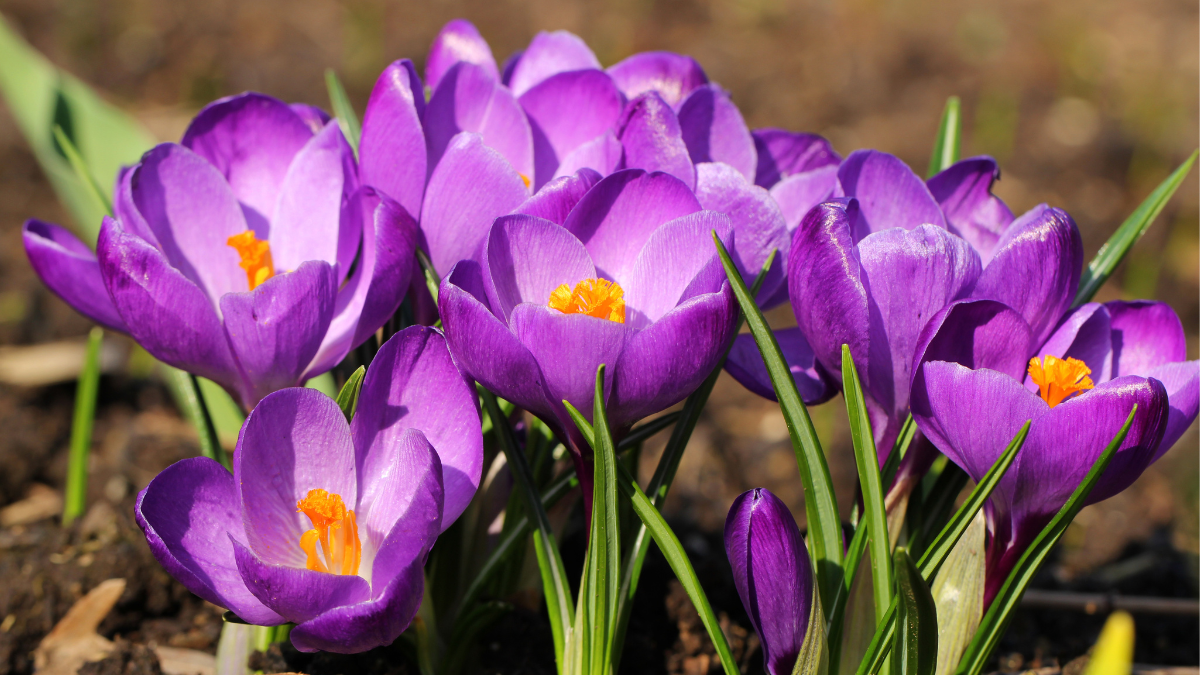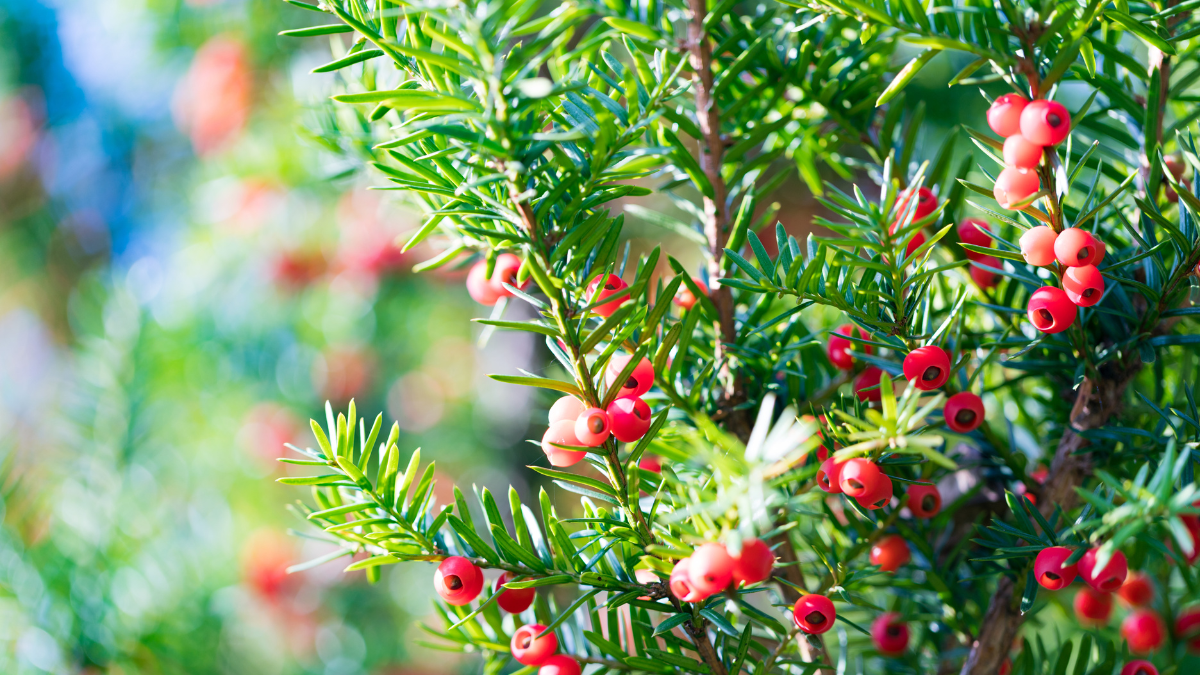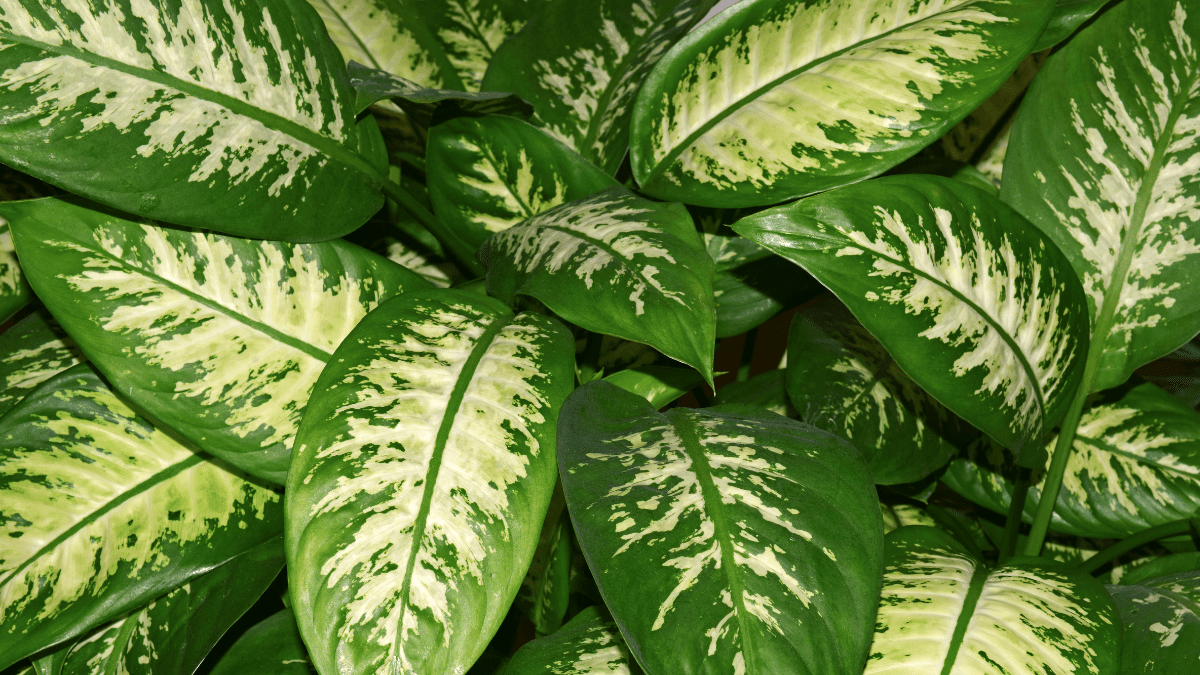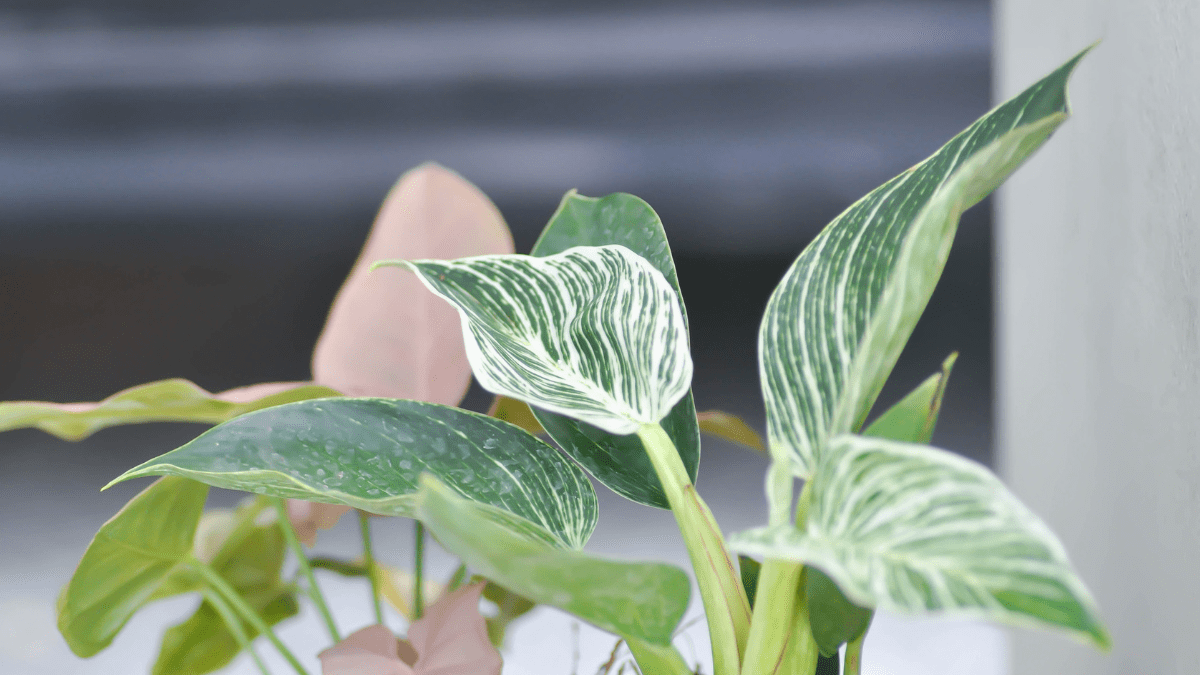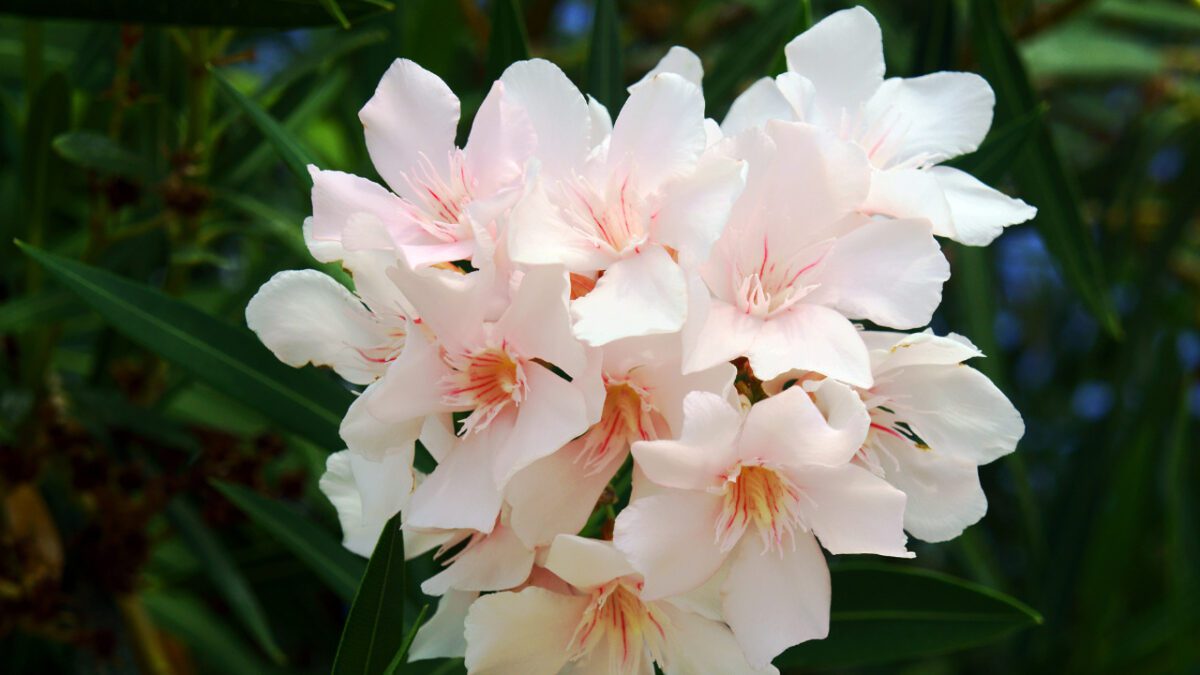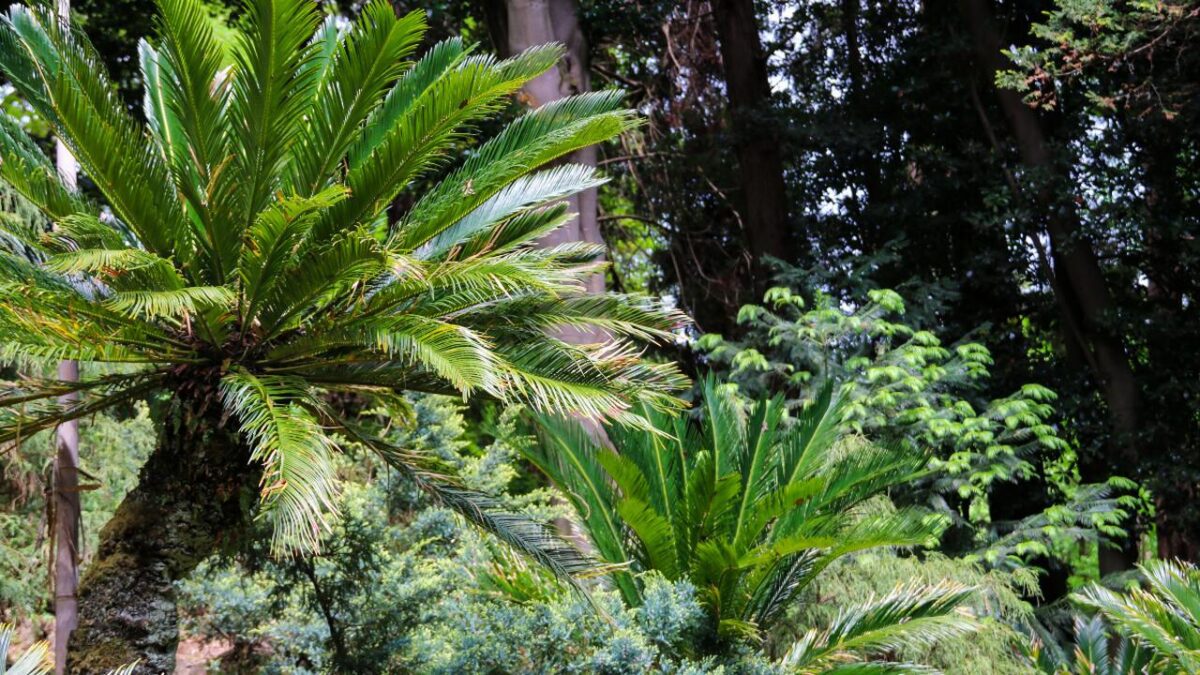Does your dog have a habit of getting its snout on plants in your home? It can be uplifting to see your pup all smiles while being surrounded with vibrant greenery. However, you need to know that not all plants are good for your dog’s health.
There are poisonous plants that, when ingested, could be downright dangerous for dogs. Eating a few leaves of these plants can already lead to diarrhea, vomiting, or even paralysis. The worst case scenario is death, and you wouldn’t want that to happen. And yes, even if you’re a plant lover!
Here are the most common household plants that could be deadly to your dog, according to medical experts:
10. Autumn Crocus
Let’s start off this list with a plant that blooms during the fall season. Autumn Crocus flowers have a pink-purple color with a goblet-like shape. Their gorgeous look can be deceiving because they actually have a potent toxin called colchicine. Exposure to this toxin could cause severe health issues, even death. It’s important to keep in mind that all parts of this plant could be toxic to dogs.
Here are some symptoms your pup could experience if they ingest just a small part of this plant:
- Irritation to the mouth
- Diarrhea
- Vomiting
- Difficulty in swallowing food
- Kidney and liver damage
9. Cyclamen
Cyclamens are known for their petite size and flowers that bloom during the winter months (September to May). Its flowers come in the following colors: purple, red, white, and pink. Similar to Autumn Crocus, the entirety of a Cyclamen plant can be harmful for dogs, but you’ll want to pay more attention to the roots.
The roots or tubers are described to have the highest concentration of saponins, the toxin that makes the plant poisonous. If a dog consumes a cyclamen, the following symptoms may appear:
- Gastrointestinal issues
- Drooling
- Abnormal heart rhythm
- Reduced appetite
- Blood in loose stools
- Seizures
8. Japanese Yews
A Japanese yew is an ornamental shrub or tree that grows less than two meters in height. Despite looking so small and harmless, it’s been described by the United States Department of Agriculture as one of the most toxic plants to humans and animals. It’s important that you prevent your pup from being exposed to this plant as its seeds, leaves, and bark are considered poisonous.
Symptoms of yew poisoning in dogs include the following:
- Vomiting
- Diarrhea
- Enlarged pupils
- Difficulty in breathing
- Muscular tremors
- Seizures
7. Dieffenbachia or Dumb Cane
Dieffenbachia is an indoor plant known for its large leaves that are usually in the colors of white, yellow, or cream. I wish I had a fun fact on why it’s called dumb cane, but the reason is actually quite scary. It’s also known as dumb cane because its sap can irritate the mouth and throat, making it hard to speak.
Dieffenbachia is popular in tropical South America. Those who have this plant are advised to handle it with care and keep it away from children and pets. The clinical signs that your dog has ingested the toxic plant are:
- Drooling
- Oral irritation or swelling of the mouth
- Pawing at the mouth
- Lack of appetite
- Vomiting
6. Rhododendron or Azaleas
Azaleas are rounded shrubs that make a great floral accent to any garden. Their bell-shaped blossoms arrive during spring through fall, coloring the landscapes with many different hues, including yellow, lavender, red, and pink. Sadly, the beautiful plant can have adverse effects on dogs when ingested. They contain grayanotoxins that could disrupt the functions of nerves, heart, and skeletal muscles.
These are some of the nasty symptoms of azalea poisoning in dogs:
- Weakness
- Muscle tremors
- Excessive drooling
- Low blood pressure
- Abnormal heart rate
- Abdominal pain
5. Philodendrons
Generally, Philodendrons are great indoor plants because they require low maintenance. These plants can adapt to different water and lighting conditions; their dark leaves do a good job in absorbing water and light. In terms of impact on health, Philodendrons don’t do so well.
In fact, they contain calcium oxalate that could lead to irritation and numbness in dogs. Dumb cane is another plant that has this kind of toxin, which also causes swelling of the mouth. Other symptoms of Philodendron poisoning are:
- Dilated eyes
- Difficulty in swallowing food
- Hoarse barking
- Excessive panting and drooling
- Loss of appetite
RELATED: 10 Ways Your Dog Could Get Hurt At The Park
4. Oleander
Oleander is a small ornamental tree that usually produces pink, cream, red, and white blossoms. It could also have rose-like flowers or a subtle sweet fragrance that would make it attractive to both humans and dogs. But think twice before exposing yourself and your pet to this plant.
Oleander has naturally-occurring cardiac glycoside toxins that could directly affect the heart. All parts of the plant are dangerous to your pup’s health, and even exposure to the water used in the vase of Oleander might have adverse effects.
There are signs when your dog has ingested this toxic plant:
- Abnormal heart rate
- Weakness
- Loss of consciousness
- Nausea
- Seizures
- Gastrointestinal irritation
3. Lily of the Valley
Lily of the Valley is famous for its flurry of pink or white bell-shaped blooms. Like other beautiful flowering plants on this list, Lily of the Valley is toxic. The highest concentration of toxins can be found in its roots but it’s been reported that all other parts of the plant can be harmful for dogs and humans. It also has red berries that are usually the source of poisoning among children.
Here are some signs that your pup has been exposed to the toxins from Lily of the Valley:
- Diarrhea
- Vomiting
- Confusion
- Low blood pressure
- Decreased heart rate
RELATED: 15 Fatal Dog Training Mistakes You Might Be Making
2. Tulips
During the spring season, tulips bring a spectacular show of vibrant flowers. They’re most popular in the Netherlands, but you can also find an abundance of them in Oregon, Michigan, and Washington areas. Tulips also make a great indoor flowering plant as they can thrive when exposed to artificial winter temperatures.
However, if you’re a dog parent, it is advised that you skip adding this plant to your home or even outdoor garden. They have two toxic compounds called Tulipalin A and Tulipalin B that are naturally-occuring, with the highest concentration in the bulb.
Here are the symptoms your pup could experience due to tulip poisoning:
- Drooling
- Mouth and stomach irritation
- Lethargy
- Abdominal pain
- Difficulty breathing
- Muscle tremors
1. Sago Palm
Sago Palm is one of the easiest plants to grow indoors and outdoors because of the little maintenance they require. It has long and feather-like leaves that are dark olive green in color. The leaves’ margin roll downwards and the fronds are prickly. If you have this kind of plant at home or outdoors, take caution because it can have serious effects on your pup when ingested.
While it’s hard for a dog to eat the spiky leaves, the seeds or nuts are much easier to ingest and they also happen to be the most toxic part of the plant. Other parts of sago palm are still poisonous, though, and the plant has been reported to have a severe adverse effect on dogs. Some clinical signs of sago palm poisoning are:
- Gastrointestinal issues
- Blood in the stool or urine
- Yellowing of eyes that indicates liver damage
- Increased thirst
- Vomiting
- Diarrhea
RELATED: 10 Dangerous Dog Behaviors You Should Never Ignore
From The Club
One of the most important parts of pet-proofing your home is choosing the right plants to surround your pup with. While it’s not the first thing you would think of as a pet owner, it should definitely be on your to-do list. Our dogs have a tendency to stick their nose into things that are none of their business, and that include plants. Knowing the toxic ones, you can prevent accidental poisoning and make decisions that would keep your pup safe every day.

